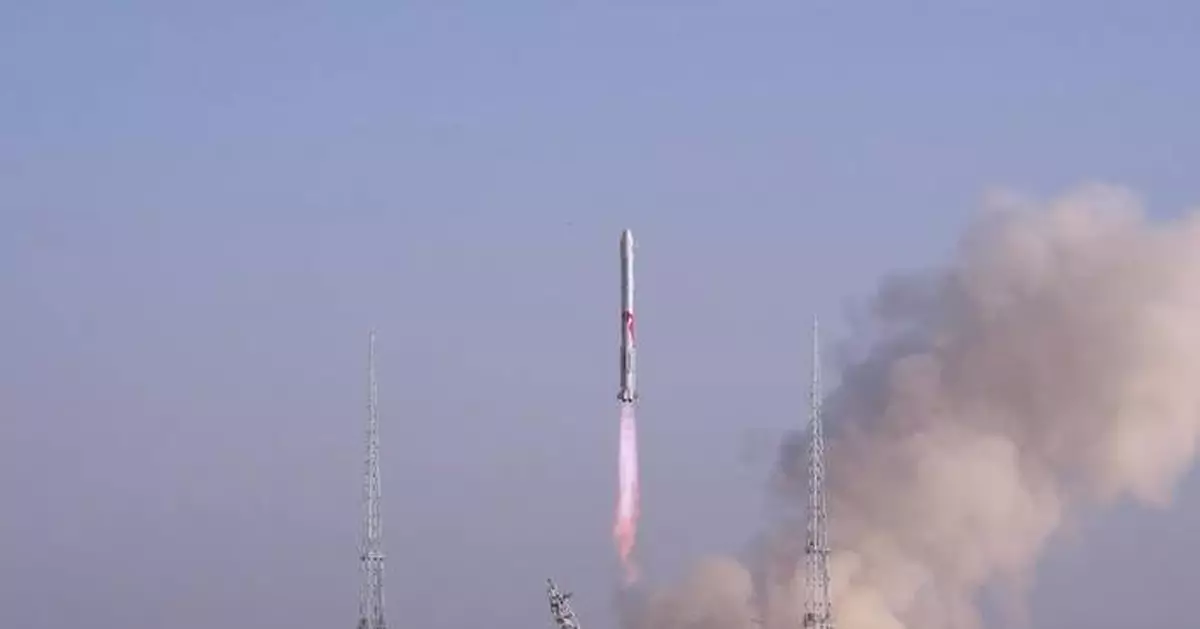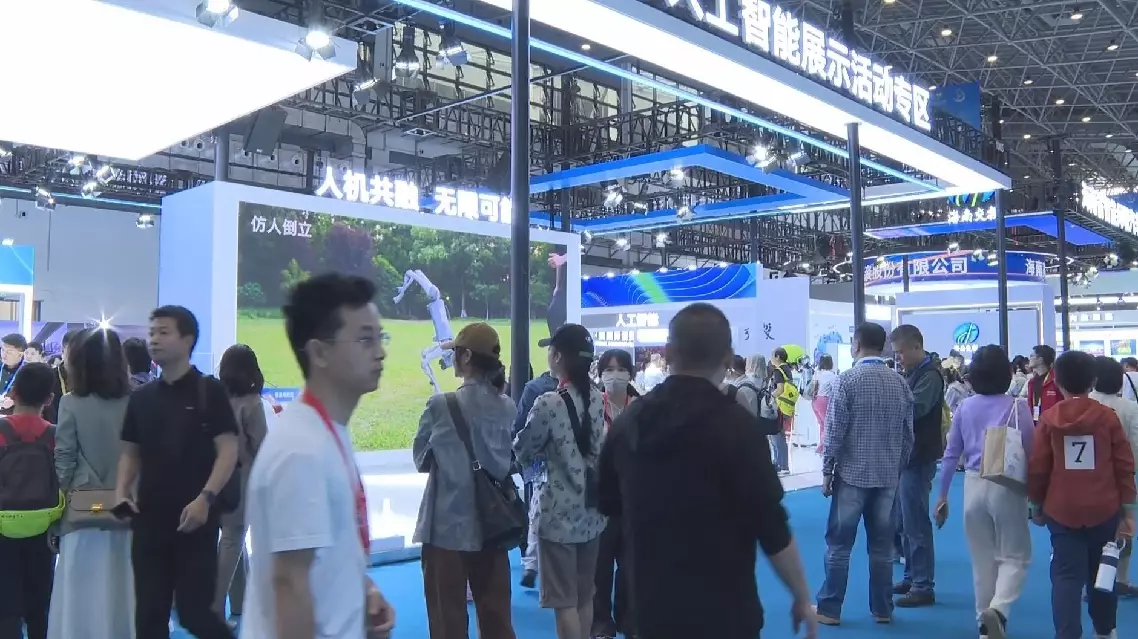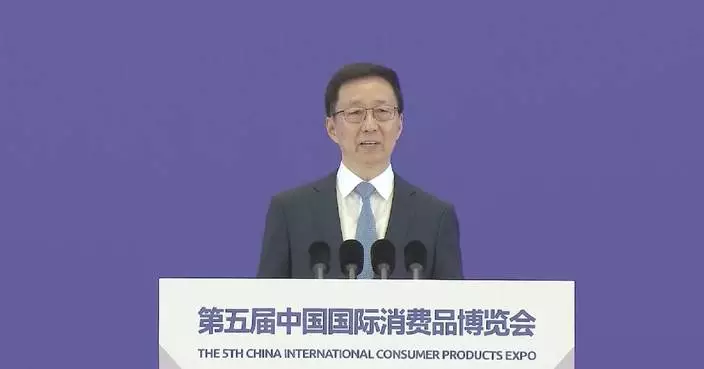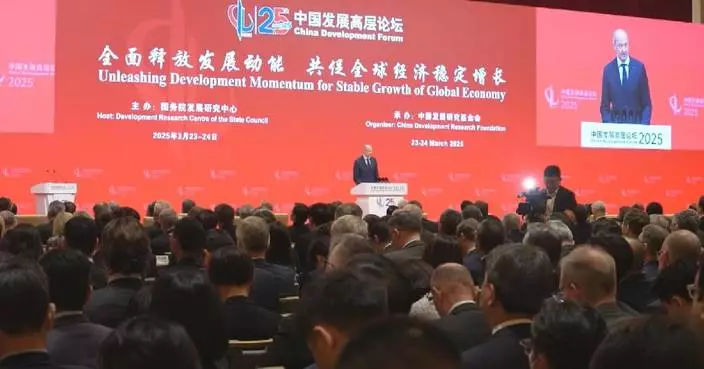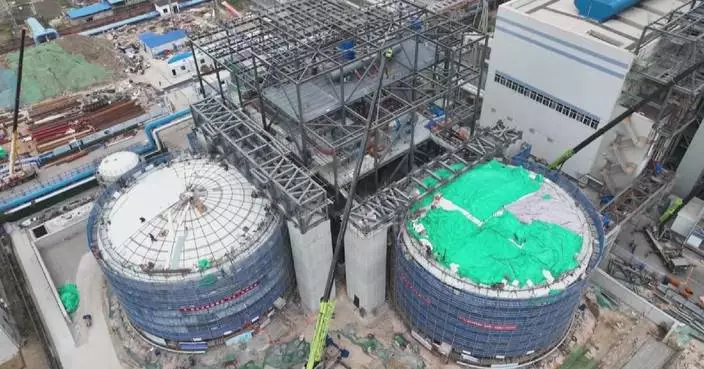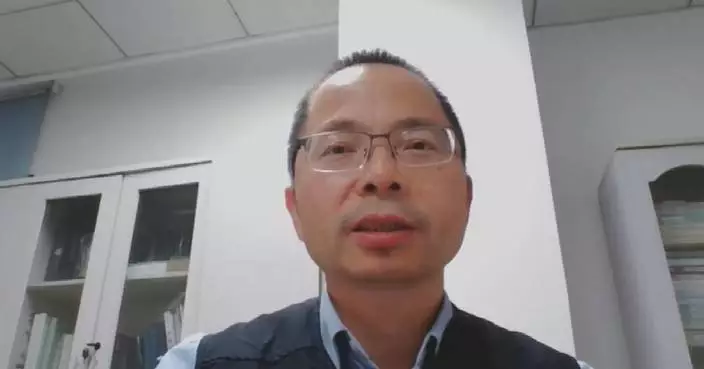With a sharp uptick in commercial space launches, technological innovations and novel business models have driven the development of China's commercial space industry.
Currently, domestic rockets are single-use, but the focus shifting towards reusable rockets will be an arena for the players in the commercial space sector, and methane and liquid oxygen will be critical components for the rocket recoverability.
"The key lies in methane and liquid oxygen, as the propellants are ideal for reuse, especially given that Mars has the conditions to produce methane and liquid oxygen. Once the technology for the rocket recycle matures, we can build a refueling station in space, so that rockets can make round trips. We only need a refueling station," said Liu Jian, vice president and chief quality engineer of LandSpace Technology Co., Ltd.
"Once rockets are recycled, they can be used for 10 to 20 flights, which will help reduce the rocket transportation cost. Currently, basic costs are about 50 percent of the previous levels. We hope to lower prices to 10,000 to 20,000 yuan (about 1400 to 2800 U.S. dollar) per kilogram in future operations," said Meng Xianbo, senior director of strategy and public relations at Galactic Energy.
Material optimization also plays a crucial role in cost reduction. Switching from aluminum to stainless steel can enhance affordability.
"A significant feature of stainless steel is that it performs well at low temperatures while with a strong recyclability. It also resists high heat. The cost of aluminum is around 200 to 300 yuan per kilogram, while the cost of stainless steel is just dozens of yuan," said Liu.
In addition to rocket manufacturing, commercial launch sites are reinventing their operational models. The Hainan Wenchang Commercial Space Launch Site has seen various rocket companies establish assembly facilities on-site.
"Actually, the site is a small ecosystem. In future, rocket companies will put their research and development focus here to fully use the launch site while reduce transportation time and costs. We envision a model that rockets can be launched directly after production. As the number of launches increases, the investment cost shared by each mission decreases, resulting in a lower price for each launch," said Yang Tianliang, chairman of Hainan International Commercial Aerospace Launch Co., Ltd.
Lowered rocket costs and improved lifting capacity ensure that more satellites will be sent to space at a faster speed.
A massive network of satellites is vital for the national security, urban infrastructure, and telecommunicaiton and interconnection.
The satellite industry is expanding its commercial applications.
"We empower satellites computing ability with AI payloads, which is equivalent to equipping satellites with an AI brain. It can save 90 percent of time and cost, compared to the traditional 3D city modeling," said Hu Qintao, an algorithm scientist of Chengdu Guoxing Aerospace Technology Co., Ltd.
Additionally, services such as space advertising are bringing commercial space closer to the general public, allowing people to send messages to space for several yuan.
China's commercial space market has surged from 0.8 trillion yuan in 2019 to 1.9 trillion yuan in 2023, with a compound annual growth rate of 23.3 percent, and the market is expected to continue rapid expansion in 2024, data from the China Commerce Industry Research Institute showed.
"Focusing on the consumer end is a very important trend in commercial space industry. Ultimately, it will allow ordinary people to benefit from the convenience brought by space technologies. Once the market opens, it will fundamentally transform the entire commercial space sector," said Long Kaicong, vice chairman and general secretary of Zhongguancun Commercial Aerospace Industry Innovation Alliance.

Cost-reducing innovations promote development of commercial space industry


